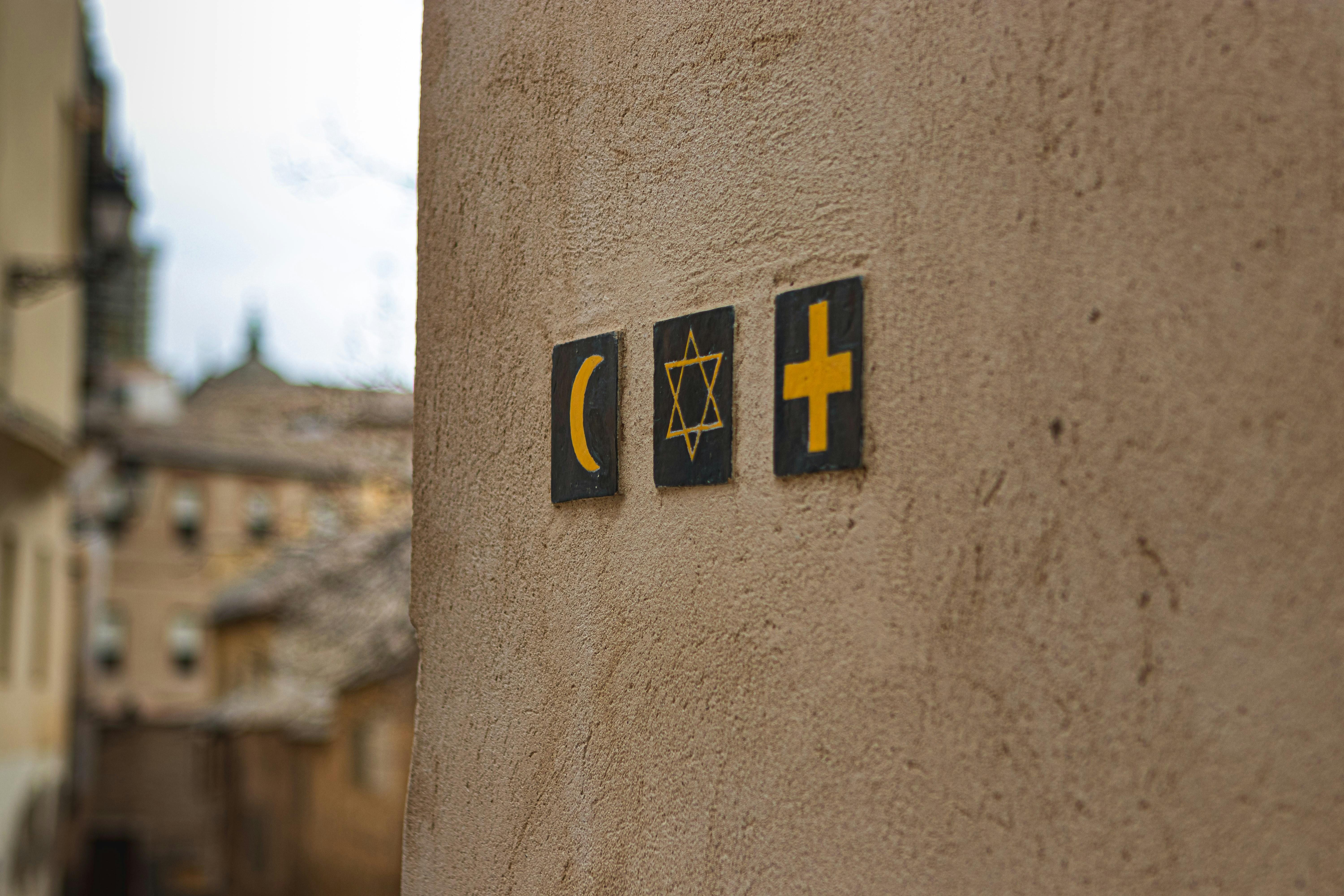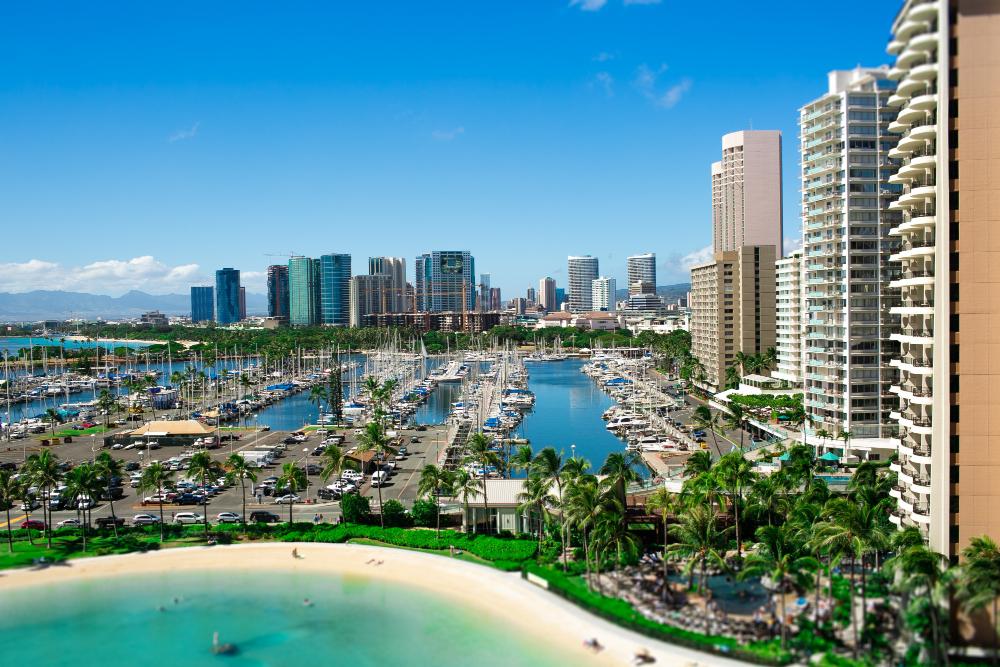Religious Tourism in India: A Journey Through Faith, Culture, and Sacred Landscapes

India is not just a country—it’s a spiritual experience. Religious tourism in India offers travelers a chance to explore centuries-old temples, sacred rivers, vibrant festivals, and diverse faith traditions that have shaped the soul of the subcontinent.
From the snow-clad shrines of the Himalayas to the coastal temples of Tamil Nadu, India’s spiritual map is vast, colorful, and deeply moving. Whether you're a pilgrim seeking blessings or a curious traveler exploring cultural heritage, religious tourism in India promises a journey that’s both enlightening and unforgettable.
🛕 What Is Religious Tourism?
Religious tourism involves traveling to places of spiritual significance—temples, mosques, churches, monasteries, gurudwaras, and sacred natural sites. In India, this form of tourism is deeply rooted in tradition, mythology, and community life.
It’s not just about rituals and architecture—it’s about experiencing the rhythm of devotion, the stories behind the shrines, and the energy of faith that pulses through every corner.
🌍 Why Religious Tourism in India Is Unique
India is home to six major religions—Hinduism, Buddhism, Jainism, Sikhism, Islam, and Christianity—each with its own sacred geography. Here’s what makes religious tourism in India truly special:
-
Diversity of Faiths: Multiple religions coexisting peacefully, each with iconic pilgrimage sites.
-
Living Traditions: Rituals, festivals, and daily worship are active and accessible to visitors.
-
Architectural Marvels: Temples, mosques, and churches that are centuries old and artistically rich.
-
Spiritual Energy: Many believe India’s sacred sites hold transformative power.
-
Cultural Immersion: Local food, music, crafts, and hospitality are woven into the experience.
🗺️ Major Religious Tourism Circuits
India’s spiritual landscape is organized into circuits that make travel easier and more meaningful.
1. Char Dham Yatra (Uttarakhand)
-
Destinations: Badrinath, Kedarnath, Gangotri, Yamunotri
-
Faith: Hinduism
-
Highlights: Himalayan temples, river origins, trekking routes
-
Best Time: May to October
2. Buddhist Circuit
-
Destinations: Bodh Gaya, Sarnath, Kushinagar, Rajgir
-
Faith: Buddhism
-
Highlights: Mahabodhi Temple, stupas, meditation centers
-
Best Time: October to March
3. South India Temple Trail
-
Destinations: Madurai, Rameshwaram, Tirupati, Kanchipuram
-
Faith: Hinduism
-
Highlights: Dravidian architecture, temple rituals, coastal pilgrimages
-
Best Time: Year-round
4. Golden Triangle of Sikhism
-
Destinations: Amritsar, Anandpur Sahib, Patna Sahib
-
Faith: Sikhism
-
Highlights: Golden Temple, langar tradition, Gurudwara visits
-
Best Time: November to March
5. Sufi & Islamic Heritage Trail
-
Destinations: Ajmer, Delhi, Hyderabad, Lucknow
-
Faith: Islam
-
Highlights: Dargahs, Qawwalis, Mughal architecture
-
Best Time: October to March
6. Christian Pilgrimage Sites
-
Destinations: Velankanni, Goa, Kerala, Shillong
-
Faith: Christianity
-
Highlights: Colonial churches, festivals like Christmas and Easter
-
Best Time: December to April
🛤️ Popular Religious Destinations
Here are some iconic places that define religious tourism in India:
-
Varanasi (Uttar Pradesh): The spiritual heart of India, famous for Ganga Aarti and Kashi Vishwanath Temple.
-
Amritsar (Punjab): Home to the Golden Temple, a symbol of equality and devotion.
-
Rameshwaram (Tamil Nadu): A coastal temple town linked to Lord Rama’s journey.
-
Bodh Gaya (Bihar): Where Buddha attained enlightenment under the Bodhi Tree.
-
Ajmer (Rajasthan): Famous for the Dargah of Khwaja Moinuddin Chishti.
-
Shirdi (Maharashtra): The abode of Sai Baba, attracting millions of devotees.
-
Tirupati (Andhra Pradesh): One of the richest and most visited temples in the world.
-
Mathura & Vrindavan (Uttar Pradesh): Birthplace and playground of Lord Krishna.
📅 Best Time to Explore Religious Tourism in India
-
Winter (October to March): Ideal for most destinations due to pleasant weather.
-
Monsoon (July to September): Lush landscapes, but some regions may be inaccessible.
-
Summer (April to June): Good for hill shrines like Kedarnath and Badrinath.
Festivals like Diwali, Holi, Eid, Christmas, and Guru Nanak Jayanti also offer immersive experiences.
🧳 What’s Typically Included in Religious Tour Packages
Most religious tourism packages in India include:
-
Accommodation near pilgrimage sites
-
Guided temple/mosque/church visits
-
Transfers and local transport
-
Ritual participation (aarti, darshan, langar)
-
Cultural experiences (folk music, local cuisine)
-
Optional add-ons: trekking, meditation, wellness sessions
🧘 Spiritual Experiences to Include
To make your religious journey truly memorable, look for packages that offer:
-
Ganga Aarti in Varanasi
-
Langar service at Golden Temple
-
Meditation under the Bodhi Tree
-
Temple hopping in Madurai
-
Sufi music nights in Ajmer
-
Yoga sessions in Rishikesh
-
Festive celebrations like Rath Yatra or Kumbh Mela
🏨 Where to Stay
Religious tourism in India offers a range of accommodations:
-
Dharamshalas: Budget-friendly, basic amenities
-
Ashrams: Ideal for spiritual retreats and yoga
-
Heritage Hotels: For comfort with cultural charm
-
Eco-Stays: Sustainable options near sacred sites
📝 Tips for Religious Travelers
-
Dress Modestly: Respect local customs and temple etiquette.
-
Stay Hydrated: Especially during treks or summer visits.
-
Carry Essentials: ID, cash, medicines, and comfortable footwear.
-
Respect Rituals: Observe quietly and follow instructions.
-
Avoid Peak Crowds: Book darshan slots or visit early mornings.
🌟 Sample Itinerary (7 Days Spiritual Circuit)
Here’s a sample itinerary for a week-long religious tourism experience:
-
Day 1: Arrival in Varanasi, evening Ganga Aarti
-
Day 2: Temple visits and boat ride on the Ganges
-
Day 3: Drive to Bodh Gaya, visit Mahabodhi Temple
-
Day 4: Travel to Patna Sahib (Sikh pilgrimage)
-
Day 5: Fly to Tirupati, darshan at Balaji Temple
-
Day 6: Visit Rameshwaram, temple and beach
-
Day 7: Return or extend to Madurai
This itinerary blends Hindu, Buddhist, and Sikh experiences across regions.
🧭 Final Thoughts
Religious tourism in India is not just about visiting sacred places—it’s about feeling the pulse of devotion, understanding diverse cultures, and finding moments of peace in a chaotic world. Whether you're seeking blessings, answers, or simply a deeper connection with the land, India’s spiritual journey awaits.
With the right itinerary, you can explore the divine, the historical, and the human—all in one unforgettable trip



